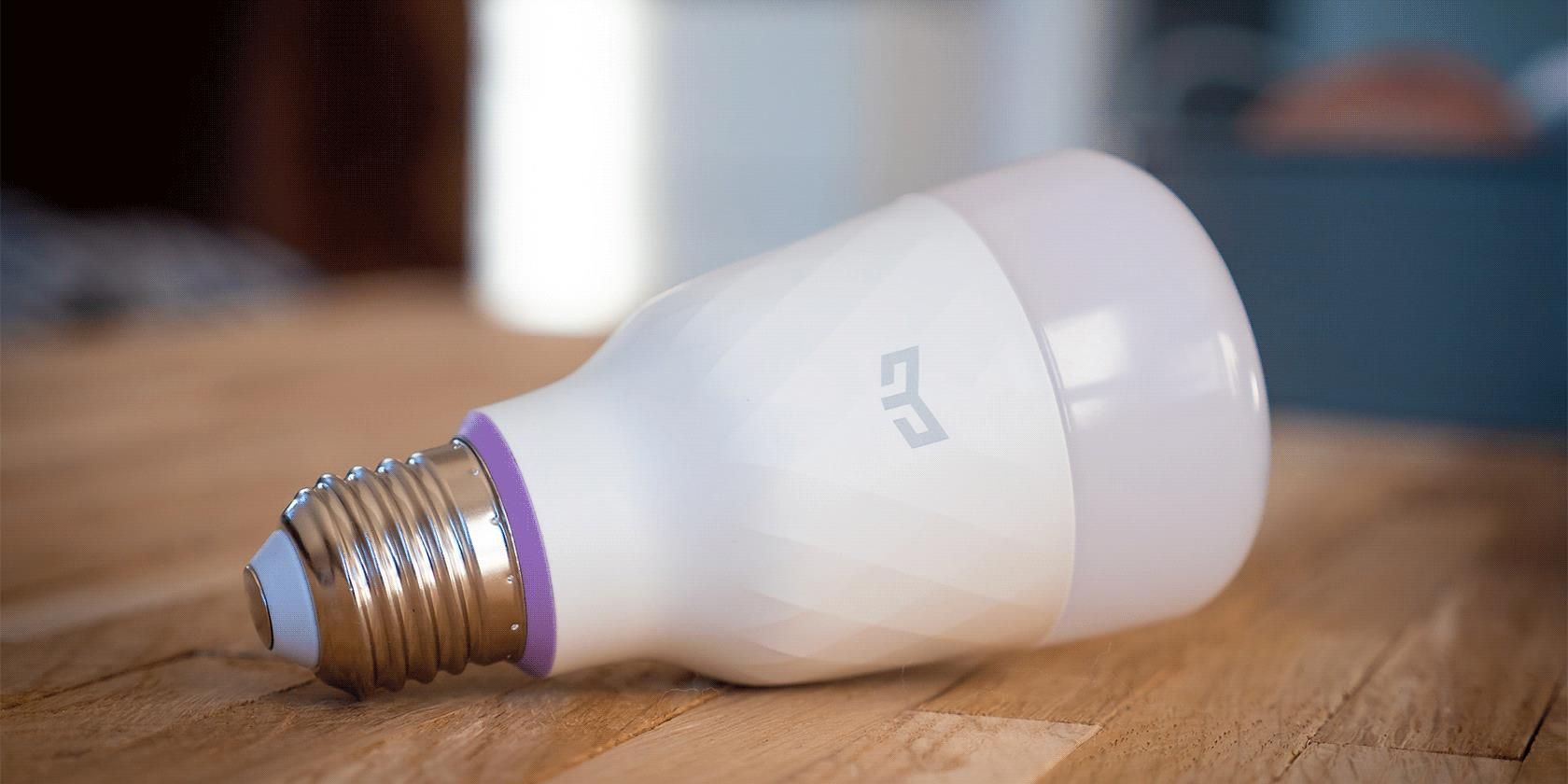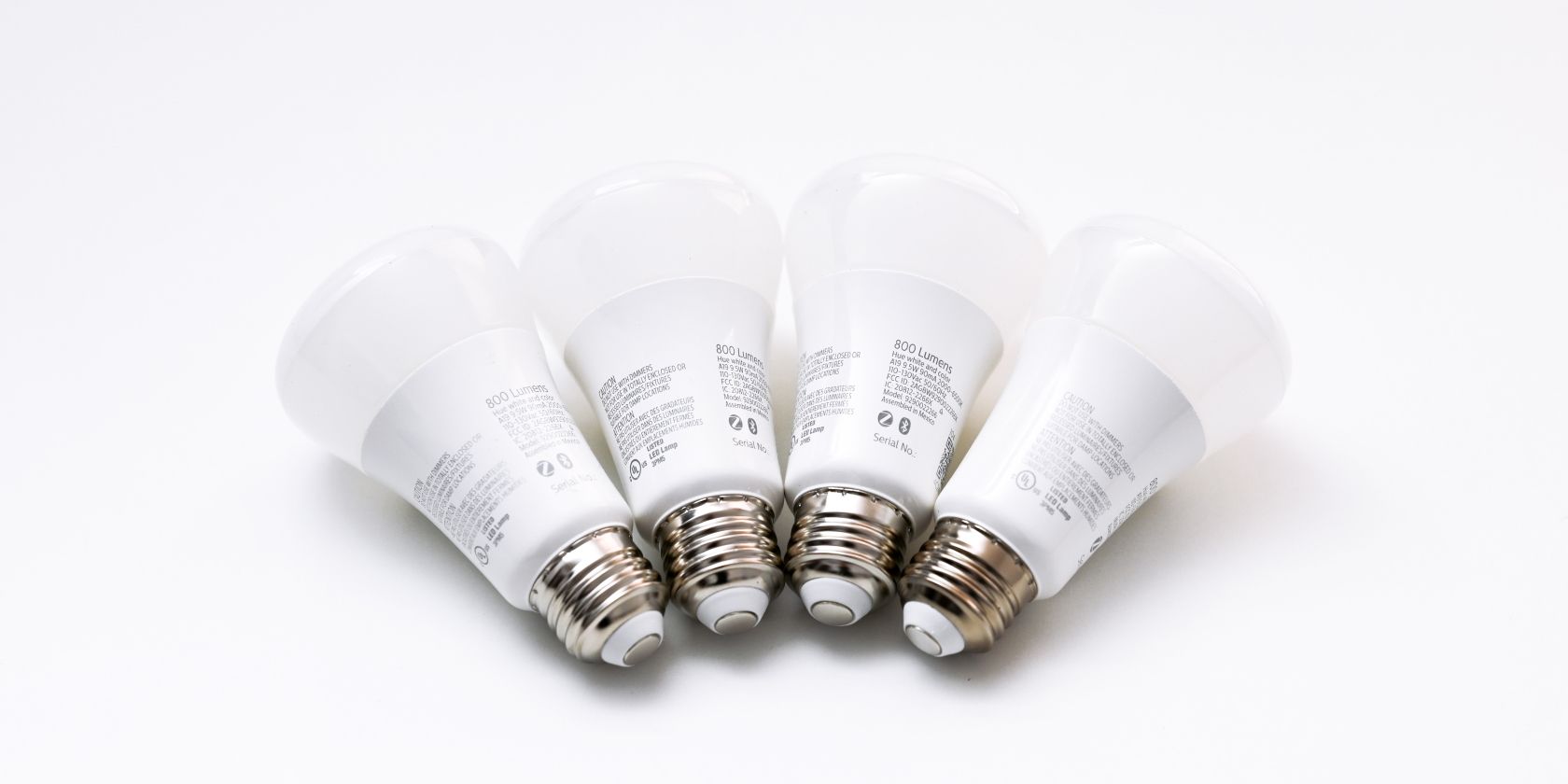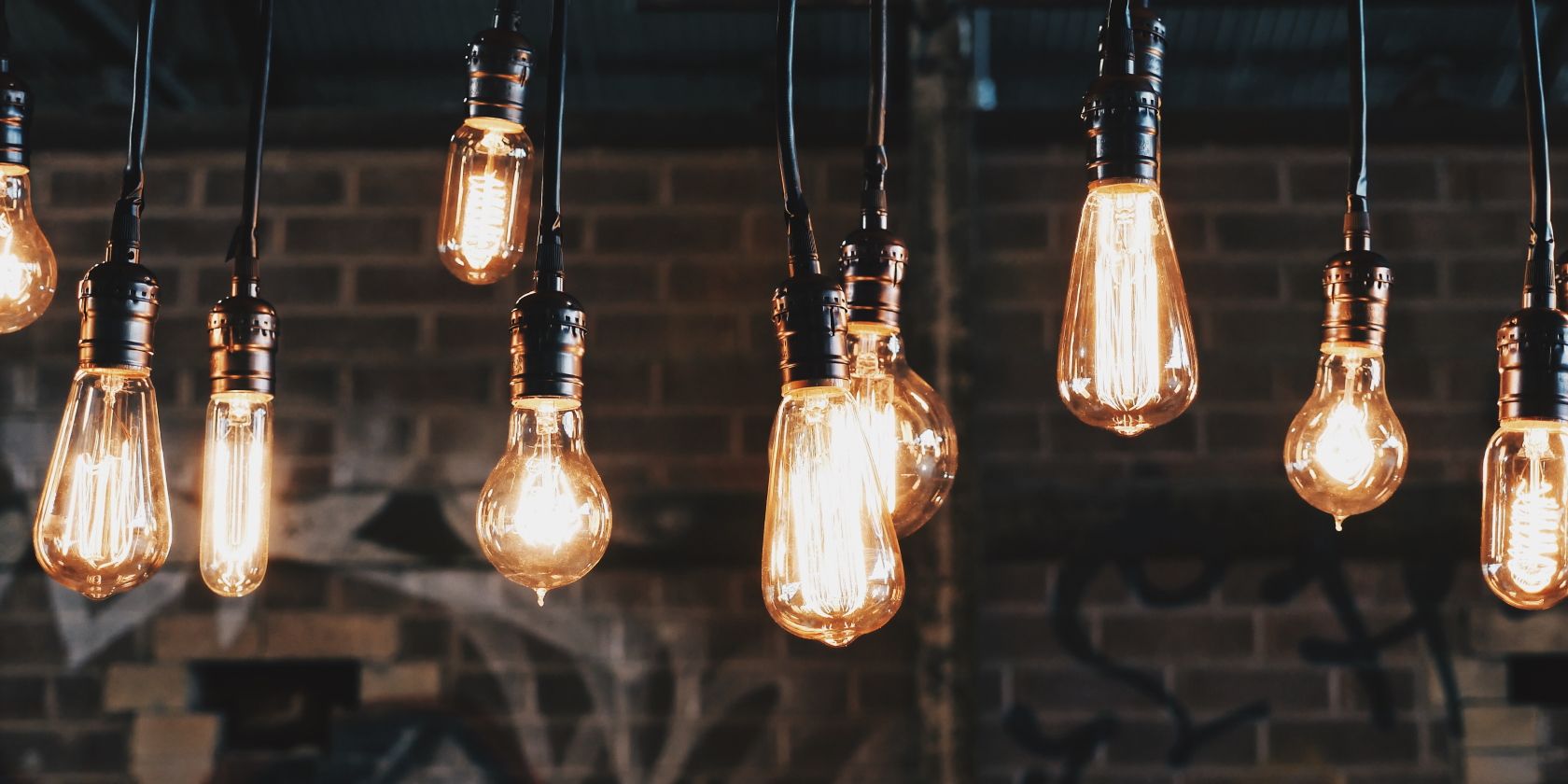Have you ever stood in the middle of the light bulb aisle of your local hardware store, wondering which smart bulb color was best for your home? The problem with many bulb colors is they sound very similar. Soft white, warm white, daylight, and cool white light bulbs—isn't white just white? Why do some "white" bulbs look yellow?
Let's learn how to unravel the mystery of those color designations and examine which light bulb temperature is best for your smart home.
Soft White vs. Warm White vs. Daylight Bulbs
While navigating the proper lighting for your space can sometimes feel daunting, you can easily choose lighting that works best for you once you understand how the color temperature scale works. Understanding lighting's effect on mood can also influence how best to light your space.
The first thing you should know in the battle of the bulb is that each type of white bulb indicates a reference point on the Kelvin scale. This scale signifies a bulb's color temperature. The color temperature designation came from incandescent bulbs and referred to the color of the metal element inside the bulb. As the metal element increased in temperature, the light changed from a yellowish glow to a bright bluish-white.
If you'd like to learn more about the relationship between color and temperature, there are plenty of resources you can research, such as this color temperature guide. Still, you don't need to know all the science to understand how to read the color temperature of specific bulbs.
Each Kelvin value indicates a "warmth" or "coolness" level. The higher the value, the cooler or less yellow the bulb will look.
Soft white and warm white bulbs are at the low end of the spectrum. Soft white bulbs usually measure around 2,700 Kelvin. Despite their name, warm white bulbs are less warm at about 3,000-4,000 Kelvin.
At the other end of the spectrum are cool white bulbs at around 4,000 Kelvin and daylight bulbs, even less warm at 5,000-6,500 Kelvin. With daylight bulbs, you can expect a bright, almost blue light that mimics the midday sun.
Lighting's Effect on Mood
You've probably heard the term "mood lighting" before to refer to a dimly lit or romantic setting. Now think about the color temperature of this type of lighting. Is it bright and fluorescent, or is it cozier like a crackling fire? Probably the latter, right?
It's no secret that light affects how people feel. A study on the human circadian system by Harvard Medical School and Brigham and Women's Hospital states that light is the most crucial cue in regulating many biochemical and physiological processes.
Warm light tends to make people feel relaxed and comfortable. On the other hand, cooler light tends to make most people feel energized and excited. That's why hanging out on a sunny beach feels so great. It's also why being stuck under fluorescent lighting for hours can exhaust you.
Most office environments benefit from cooler lighting because it keeps workers alert and productive. But another study on room light exposure published in The Journal of Clinical Endocrinology states that excessive blue light—light emitted at higher temperatures—can negatively affect a person's ability to get proper sleep.
Some companies, like Apple, even offer Night Shift, which blocks blue light from mobile devices at certain times of the day.
Selecting the Proper Light Temperature
Could you imagine walking into an office where the lighting felt like a dinner date? Or how about having a fireside chat under blinding fluorescents? As you can see, selecting the right lighting temperature is important. But how should you do that?
Well, we've compiled a list of the best lighting temperatures based on each room. Understand, these are only suggestions because personal preference plays a role in which color temperature you select.
If you want your bedroom to mimic a sunny day when you flip the lights on in the morning, for example, then feel free to use daylight or cool white bulbs. Just understand that you'll probably get worse sleep if you're using these lights at night.
Alternatively, you can always use one of the best smart light bulbs to change the lighting in a space.
Living Areas/Kitchens: These areas benefit from both soft and warm light: 2,700-3,500K. You want your kitchen and living areas to feel comfortable and relaxing. Dimmer switches are also excellent in this context.
Additionally, if you are watching television in your living space, you may want to purchase a blue light-blocking screen protector for your TV. These protectors ensure that after binge-watching your favorite series, you'll still get a good night's sleep.
Bedrooms: Soft white bulbs work well in bedroom areas: 3,000K. Most incandescent bulbs are around this temperature. Similar to living areas, bedrooms don't usually benefit from cooler temperature lights. But, if you have something like a vanity, then a few cool white bulbs can help you see contrast much better than their warmer counterparts.
Bathrooms: Warm to cool white are best for bathrooms: 3,500-5,000K. This temperature range is really up to personal preference, but super cool bulbs aren't always the best for this application. That said, cooler bulbs are great for makeup application, and blue light makes chrome fixtures pop. If you have a number of these fixtures in your bathroom or want the extra contrast that cooler bulbs bring, don't be afraid to try them out.
Office Spaces/Garages: This is the best place for cooler white bulbs: 4,000-6,500K. Using bulbs of this temperature will allow you to feel energetic when you need to get some work done.
A Note On Lumens, CRI, and Watts
While color temperature is critical in determining mood, you should also consider bulb brightness.
Too much light at any temperature is just as bad as too little. And, while lighting is measured in lumens, wattage still plays a significant role in determining bulb brightness for incandescent bulbs.
Previously, examining wattage could indicate how bright a bulb was going to be. However, LED bulbs use much less wattage than traditional incandescent bulbs. For example, an incandescent consuming around 60W will emit much less light than an equivalent LED. For the same lumen output, an LED would only consume between 8-12W.
If you understand the many advantages of smart vs regular LED bulbs, lumens should be your leading indicator of bulb brightness. If you'd like to determine how many lights you need in a room, you can use a lumen and wattage calculator to help.
Color-rendering index (CRI) is another value you may run across in your search for smart lighting. This value indicates the representation of color accuracy a light can reproduce. CRI is most important for things like photography. CRI values of 90+ usually indicate a more color-accurate bulb.
Enjoy Your Perfect Smart Home Lighting
Getting great lighting for your smart home doesn't have to be a chore. Additionally, you should feel free to experiment. There are no hard and fast rules when it comes to lighting. If you want a cooler kitchen area or a warmer bathroom area, choose what works best for you.
Your smart home should always be a place you feel comfortable, and having lighting you love is one of the easiest ways to make that happen.




